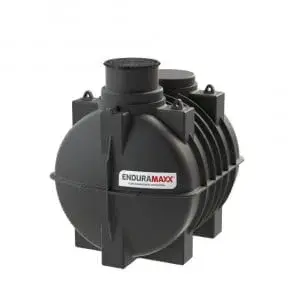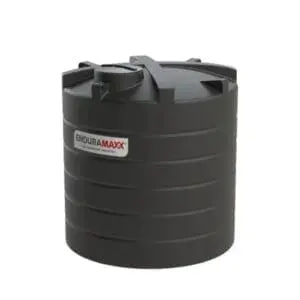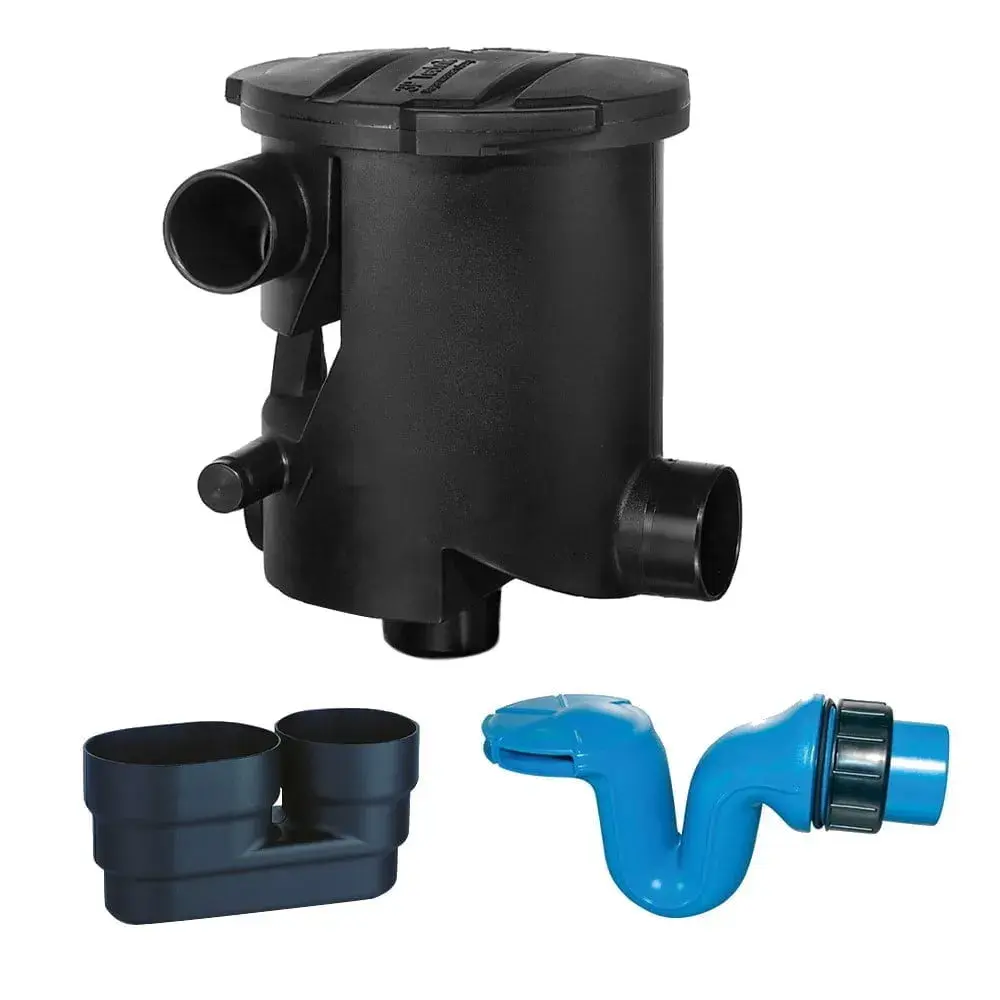Chemical dosing tanks are a safe way of storing, mixing, and dispensing chemicals. Often, the chemicals are aggressive, as in the case of chlorine, flocculants, or anti-scaling agents. As such, dosing tanks must be manufactured to a high quality and be able to deliver with complete precision and reliability. Here’s our quick guide:
Precise Delivery
Whether the purpose is water treatment, wastewater management, electroplating, agriculture, or oil and gas, the requirement for precise delivery in chemical dosing tanks is universal. For efficiency and reliability, precision is especially important in the pump, driving mechanism, and control system. The key parameters are the pump’s speed and the volume of chemicals. The measurable results are usually water quality, pH, and turbidity, although sterilisation is a regular part of tank maintenance that demands accurate delivery. By maintaining optimal chemical concentration, systems are efficient, productive, and effective.
Safety
Chemicals can cause a plethora of health and safety risks. As such, it is vital that they are contained in a way that prevents leaks and spills. The construction of the tank is the first line of defence, with high quality materials and design being crucial. Equally important is routine proactive maintenance. This includes regular flushing, clearing inline filters, and confirming the bunding security. The quality of the bunding is arguably the most important anti-leakage safety feature for a bulk chemical storage tank, so ensuring that this critical parameter is met can help to prevent hefty fines and enforcements.
Efficiency
The aim of a dosing tank is to perform its duty with maximum efficiency. Inefficient tanks can lead to a range of problems including sudden and catastrophic failures, unplanned downtime, and productivity loss. Other inefficiencies can include incorrect dosing, such as over-injecting, which wastes expensive chemicals. Inefficient systems can also place excessive demands on energy consumption. The answer to this is to ensure that your dosing tank system is designed and calibrated for maximum precision. Across all industries, the savings are felt exponentially and will rapidly accumulate over time.
Durable
The two main risk factors for durability are UV damage and corrosion. UV damage is caused by natural light, and it gradually breaks down the polymer chains inside plastics. This makes the material brittle, creating vulnerabilities in critical areas such as bunding. Degraded polymers can contaminate valuable chemicals, and hazardous chemicals can in turn accelerate the degradation process.
Corrosion has similar causalities and effects, with the additional problem that it introduces sludge into the system. This decreases efficiency while increasing maintenance costs. As such, it is crucial to opt for chemical dosing tanks that are made from high-quality UV-resistant polypropylene. This material guarantees unrivalled durability, chemical resistance, and reliability with minimal maintenance.
What Next?
To discover more about how the correct chemical dosing tanks can increase efficiency and productivity in your operations, contact us today.
Image source: Canva
Posts By Topics
- Blog (303)
- Chemical Storage Tanks (118)
- Chemical Dosing Tanks (114)
- Chemical Tanks (114)
- Water Tanks (58)
- Rainwater Harvesting Tanks (43)
- Vertical Rainwater Tanks (31)
- Vertical Storage Tanks (31)
- Cone Bottom Tanks (19)
- Conical Cone Tanks (18)
- Rainwater Harvesting (17)
- Water Bowsers (15)
- Horizontal Tanks (14)
- Potable Water Tanks (13)
- Farming (9)
- Case Studies (8)
- Industrial Storage Tanks (7)
- Liquid Fertilser Storage Tanks (6)
- WRAS Approved Potable Tanks (6)
- Wine and Beer Production (6)
- Horizontal Transport Tanks (5)
- Microbrewery (5)
- Rainwater (5)
- Category 5 Break Tanks (4)
- Cider Production (4)
- Mixer Tanks (4)
- Molasses Tanks (4)
- Polyethylene tanks (4)
- Rainwater Filter Kits (4)
- SPECIALIST & BESPOKE TANKS (4)
- Bunded Tanks (3)
- Slimline Tanks (3)
- WRAS Approved (3)
- Clarification Tanks (2)
- Crosslinked Polymer Tanks (XLPE) (2)
- Fertiliser Tanks (2)
- Sump Tanks (2)
- Tank Installation (2)
- Water Butt (2)
- underground water tanks (2)
- ACCESSORIES & FITTINGS (1)
- ATV & UTV SPRAYING UNITS (1)
- Above Ground Effluent Tanks (1)
- Bespoke Tank Frames (1)
- Category 5 Turret (1)
- Caustic Soda Tanks (1)
- Closed Top Bunded Tanks (1)
- Craft beer (1)
- Effluent Tanks (1)
- Enduramaxx (1)
- Ferric Chloride Tanks (1)
- Fire Safety Regulations (1)
- Fire Sprinkler Water Storage Tanks (1)
- Industrial Water Tank (1)
- Open Top Bunded Tanks (1)
- Open Top Cone Tanks (1)
- Open Top Vertical Tanks (1)
- Polyethylene Potable Water Tanks (1)
- Polyvinylidene Fluoride (PVDF) Tanks (1)
- Polyvinylidene Fluoride Tanks (PVDF) (1)
- Pressure Washers (1)
- Pro Series Spot Sprayers (1)
- RWH (1)
- Sodium Hydroxide Storage Tanks (1)
- Sprayer Fill-up Tanks (1)
- Uncategorised (1)
- liquid fertiliser tank (1)
Sign up to the newsletter
maxxupdates
Related Posts
Optimal Polymer Mixing - Mixers & Polymer Make-Up Systems
Optimal Polymer Mixing in water and wastewater treatment processes is based on the best and...
What Is A PH Correction Tank? Treatment of Effluent Before Drain
A pH Correction Tank is a tank Is designed to store water for long enough for the water to be...
Tanks For PH Correction, Polymers & Chemical Dosing
Tanks for pH Correction & Chemical Dosing used for a variety of uses in water treatment for...
Related Products
From £1,080.00 inc. VAT
£900.00 exc. VAT
From £1,344.00 inc. VAT
£1,120.00 exc. VAT
From £768.00 inc. VAT
£640.00 exc. VAT
£480.00 inc. VAT
£400.00 exc. VAT







